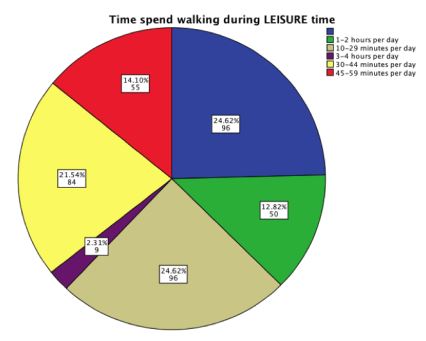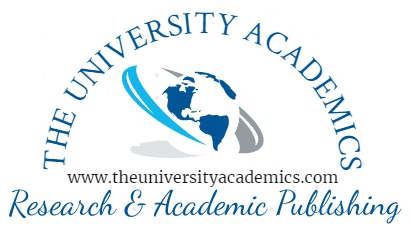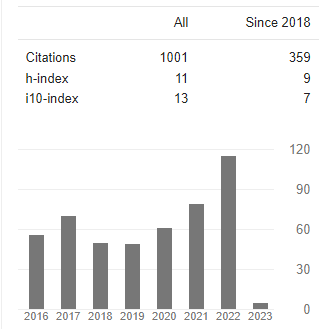PRINCE SULTAN UNIVERSITY PREFERENCE IN PHYSICAL ACTIVITY: BASIS IN PROGRAMMING HEALTH RELATED PHYSICAL ACTIVITY PROGRAM FOR PSU COMMUNITY
Abstract
The study seeks to find out the preference of Prince Sultan University community regarding their physical activity. Three hundred and ninety respondents (N=390) coming from students enrolled during the 1st semester of Academic Year 2014-2015, faculty and staff of PSU were asked to answer the International Physical Activity Questionnaire (IPAQ) which enables to know the level of physical activity they are engaging with, the types of physical activities they would like to engage with, the prepared time or workout schedule of their physical activity in order to design the suited physical activity related to the health and fitness of PSU community. Light to moderate activities like running, swimming, walking and other outdoor activities are the most prepared activities of PSU community which majority prepared to workout in the evening between 4:00 PM and 8:00 PM. The world Health Organization recommended for children aged 5-17 years old a minimum requirements of 60 minutes per day of three times peer week of aerobics activities incorporated with vigorous intensity. (www.WHO.int/dietphysicalactivity).
Downloads
References
Lawrence, Debbie and Sarah Bolitho. The Complete Guide to Physical Activity and Mental Health. 1st Edition. 2011.
Van Norman, Kay A, MS. Exercise and Wellness for Older Adults. Practical Programming Strategies. 2nd edition. 2010. Human Kinetics.
Jackson, Allen W. Physical Activity for Health and Fitness. Lab Manual. 2010. Human Kinetics. Rahl, Riva L. MD. Physical Activity and Health Guidelines. 2010. Human Kinetics.
Hardman, Adrianne E. and David J. Stensel. Physical Activity and Health. The evidence explained. 2nd edition. 2009. Routledge.
Randell, Lynda. PhD, FACM. Mary K. Denger, PhD, CHES, FACSM. Jeniffer Huberty, PhD and Kim Miller, PhD, CHES. Developing Effective Physical Activity Programs. 2009. Human Kinectics.
Thomas, Jerry R. Ed.D. Jack K. Nelson, Ed.D and Stephen J. Silverman, Ed.D. Research Methods in Physical Education. 5th Edition. 2005. Human Kinetics.
Fahey, Thomas D, Paul M. Insel and Watton T. Roth. Fit & Well. Core Concepts and Labs in Physical Fitness and Wellness. 4th Edition. 2001. Mayfield Publishing Company.
Pafffenbarger, Ralph S. Jr. James B. Kampert, I-Min Lee, Robert T. Hyde, Rita W. Leung and Alvin L. Wing. Full Length Paper. Changes in physical activity and other lifeway patterns influencing longetivity. American College of Sports Medicine. 1994.
Parab, Hardik P. International Physical Activity Questionnaire: Validity and Reliability in Indian Population. Paper Presentation.















